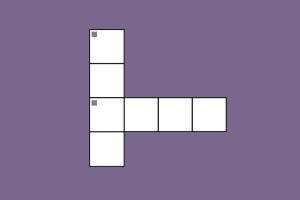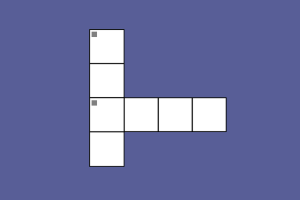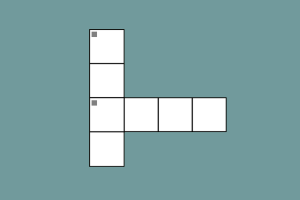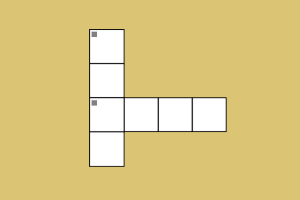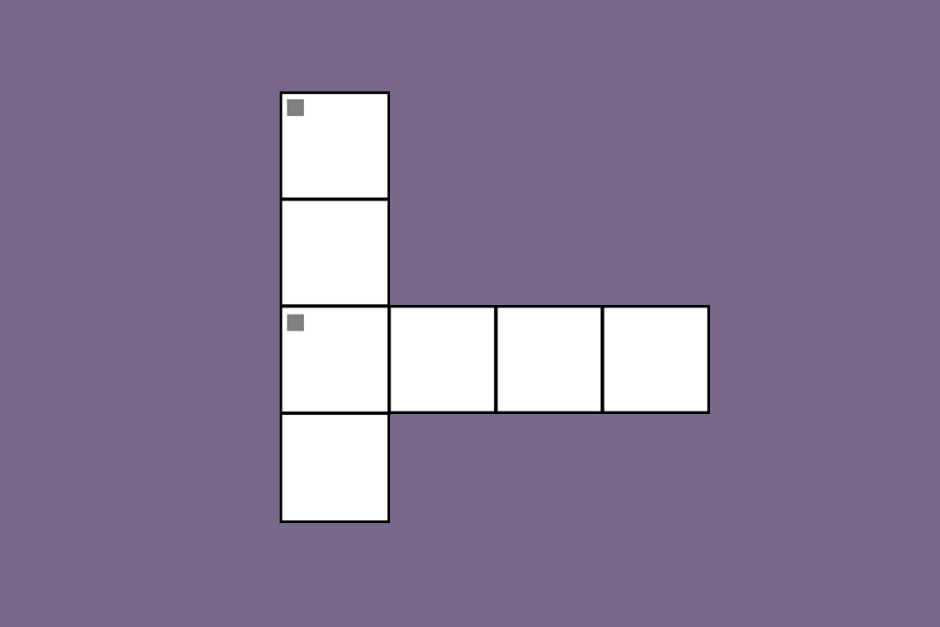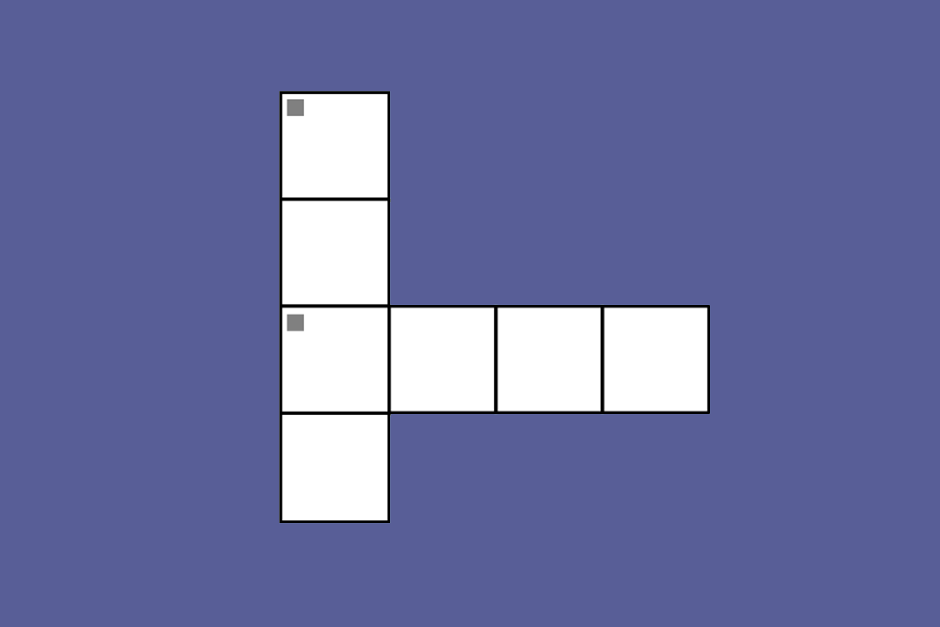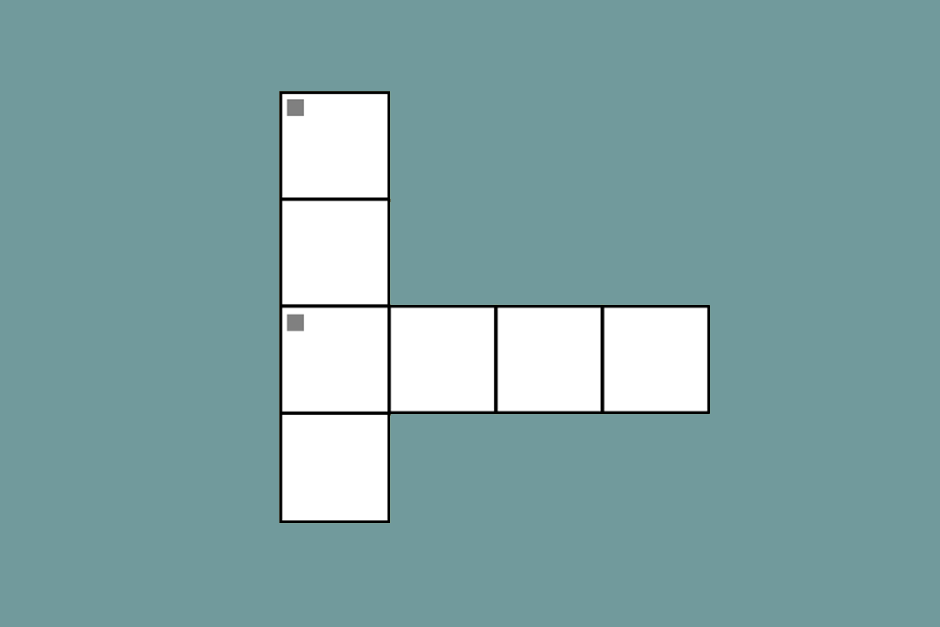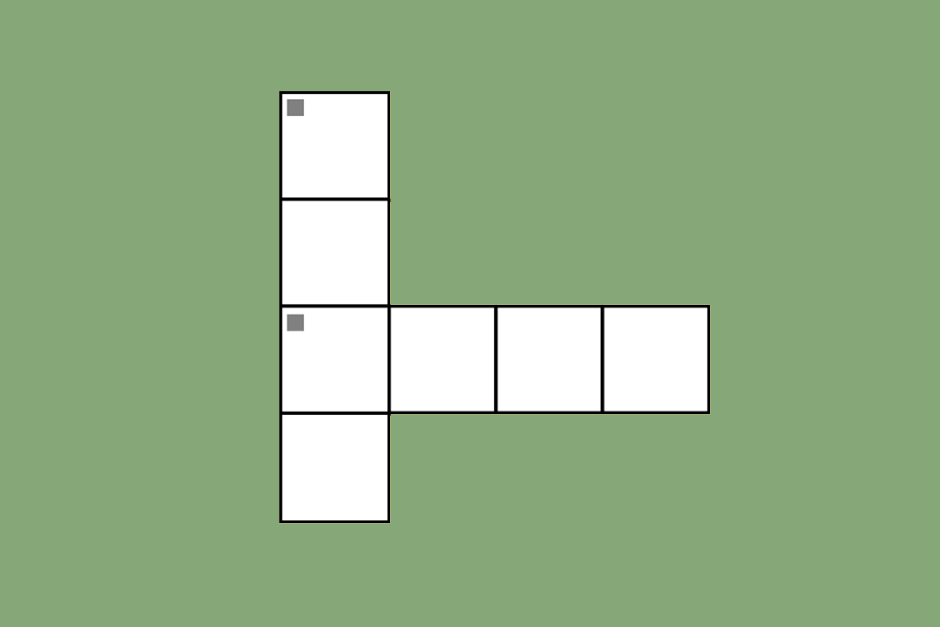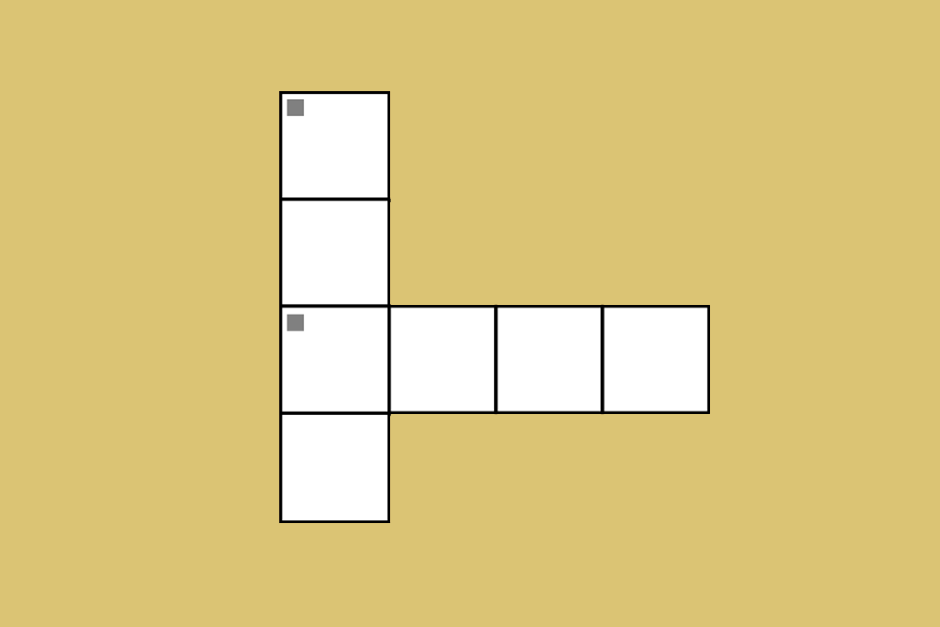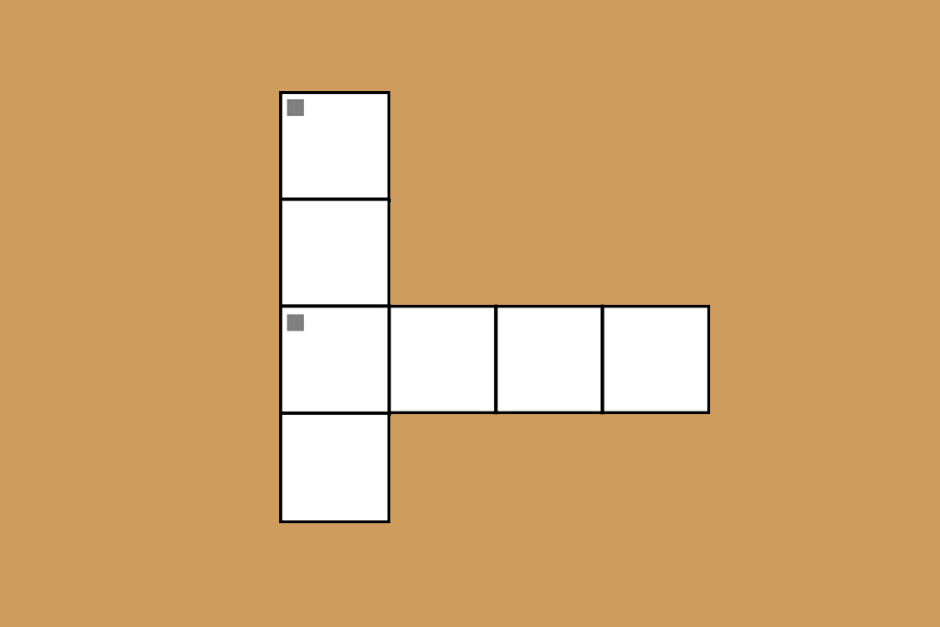Google Conspiracies are Crazies’ Last Stand
June 23, 2011
Published: August 27, 2009
When Google Earth was first launched in 2004, most people tried it out, deemed it a super cool way to see their houses from space, showed it off to their friends and moved on. But of course, that was most people. Sane people. In the following years, as Google’s technology advanced and the satellite images became exponentially clearer, a slew of irrational Internet users with too much time on their hands have begun to use Google maps as a way to travel the world without ever actually moving. Which isn’t even the weirdest part—they have also come across anomalies during their simulated world travels, which they have labeled as paranormal mysteries or government cover-ups. And since sanity does not necessarily preclude gullibility, rumors have been cropping up on blogs everywhere: “Aliens in Area 51!” and “The lost city of Atlantis exists!” and “Portal to heaven in Brooklyn!—Google proves it!” Google Earth and Maps have become pawns of the loony-toon conspiracy theorist fringe, which seems like a departure from the what most people see as the programs’ main function: to give the average Web-surfer accurate and unlimited access to the entire world.
So if that’s what we’re getting, the conspiracy nuts finally have proof, right? Not quite. The problem is that, due to technical obstacles and privacy issues, what we can see on Google applications is neither entirely accurate nor complete. Thus, without even a whole lot of research, all of these rumors can be debunked:
Hackjobs claim: Area 51, a U.S. military base that has long been the subject of conspiracy theories involving the government and aliens, is inexplicably “whited out” of Google Earth and Maps. There’s also a blob thing a few miles away from it that could maybe, possibly, if you squint real hard, look like a UFO. They’re hiding something!
The truth: Area 51, like many other military bases both in the U.S. and abroad, is blocked out of Google’s satellite images for national security reasons. It is a well-known fact that terrorists have used Google Earth to target attack sites in the past—the Shatt-al-Arab Hotel in Iraq was censored from the images after such an event occurred there. As for the questionable little shadow that sort of looks like a UFO… come on, now.
Hackjobs claim: There is a rigid grid pattern on the floor of the Atlantic Ocean, off the coast of Morocco. Such straight lines and sharp angles must be man-made. Atlantis is found at last!
The truth: Google produced a statement, which was later backed by Popular Science magazine, explaining that the lines are a glitch in the imaging known as “ship tracks.” This pattern occurs due to time lapses in the SONAR echosounding that Google has been using to map underwater landscapes. Not to mention the fact that, given the scale of the grid, some of the hypothetical “city blocks” would be over eight miles apart.
Hackjobs claim: There’s a Google Maps image of a street in Brooklyn that is completely filled with light from the sky! It’s so bright you can hardly see the buildings! It must be God, or at least a gateway to heaven.
The truth: Unfortunately, even the New York Times paid attention to this stuff. But when they contacted Google spokesperson Elaine Filadelfo, she pointed out that, conveniently, Google Maps’ street views provide panoramic images. If you spin around to the other side, the shadows indicate that the sun was directly in front of the camera lens. So unless you worship Ra or Apollo, this image is nothing more than an aesthetically interesting photographic trick. Sorry.
Even when confronted with these sensible explanations, some still cling to their contrived conspiracies. But, strangely enough, this may be the most rational course of action for a group of people so threatened by the future. After all, though conspiracy theorists have always been regarded as wingnuts, the Information Age has been a death sentence to far-out theories based on dubious evidence. Though Google Earth has its shortcomings, it is nonetheless proof that the world is becoming smaller and, as a result, people are learning more about it. Anyone can see almost anything in the world with the click of a mouse. A shaky theory can be broken down in seconds with a quick Google search. So when long-time alien lovers and Atlantis-seekers found something in the mainstream realm of the Internet that seemed to actually support their theses, it seemed heaven-sent (or Brooklyn-sent?). After all, what’s a more powerful online force than Google?
Best of all, people are buying it. Now that the crazy has a place in the technological—now that it’s science blogs, not just psychos’ $9.99 “your-domain-name-here” Web pages, claiming this stuff—people are giving these theories some credence. Many of these people wouldn’t have given a second of thought to Atlantis if it weren’t linked to Google; now that it is, they’re actually devoting minutes to arguing its existence on message boards. To a bored-enough Internet user, there’s no reason that grid can’t be a city, that shadow can’t be a U.F.O., that sunspot can’t be heaven. It doesn’t matter if it makes sense as long as it occupies some time.
It seems that this zest for Web-begotten nonsense may be the loonies’ last shot at legitimacy, and they’re hanging on for dear life. Though science and the paranormal have always butted heads, the Information Age has created a full-on war, with message boards and blogs as battlefields. And because too many people haven’t learned not to believe everything they read on the Internet, the crazies may just win this one.

